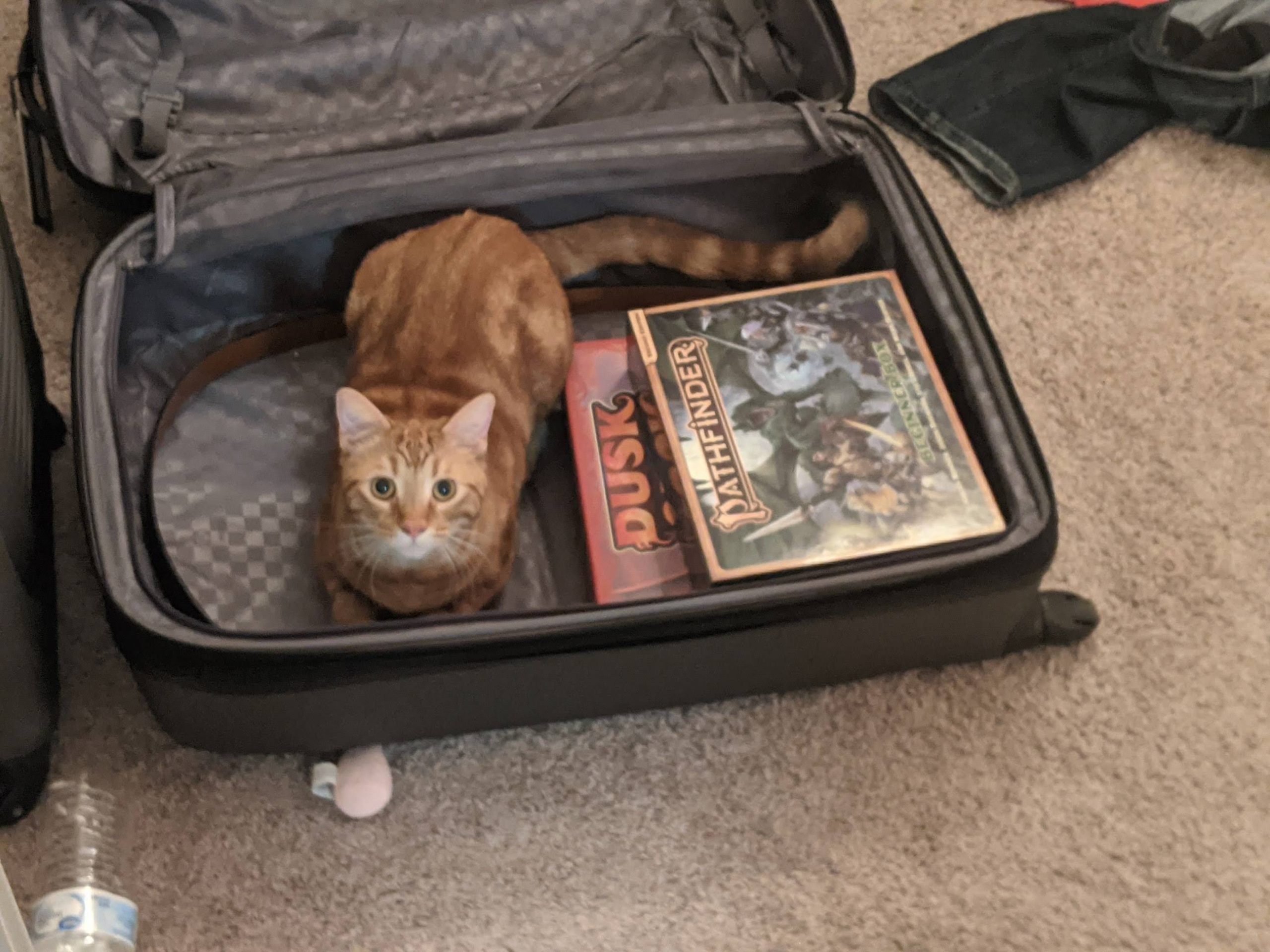What is OER?
4 minute read
Open educational resources (OER) are research, teaching, learning materials intentionally created and licensed to encourage distribution, modification, and retention. Resources may be in the form of textbooks, multimedia, full courseware, and more.
Use of OER increases affordability of and access to educational experiences. It also encourages faculty experimentation with innovative pedagogies, and centers faculty expertise and scholarship.
The use of OER can improve lives by reducing the cost of university education, enhancing academic freedom, and increasing access to research, teaching, learning opportunities.
In short:
As we began our exploration of OER, you were invited to imagine redesigning elements of an existing research project, course, or lesson to incorporate open educational resources in ways that suit your local context. Bring that idea back to mind as we unpack the definition of OER.

Defining OER
While there is no one definition of OER, the current UNESCO definition is widely accepted. UNESCO defines OER as “teaching, learning and research materials that make use of appropriate tools, such as open licensing, to permit their free reuse, continuous improvement and repurposing by others . . . ” (Miao, Mishra, & Orr, 2019, p. 9). Which aspects of this definition speak to the project you have been imagining?
Materials, for instance, can include things such as datasets, lab experiments, simulations, discussion prompts, videos, syllabi, slide presentations, assignments, and course design templates as well as text and images we are accustomed to seeing in traditional textbooks. The phrase openly licensed speaks to the creators’ communicating how and to what extent they are inviting others to engage with and build on their work. Free reuse and modification imply that there is no financial cost incurred by the end user. Some consider that aspect of the definition to also describe editable formats and file types as well as resources which do not require an exchange of personal data in return for their use. OER are all about sharing and collaboration, customizing and exchanging resources and ideas. The characteristics identified in the UNESCO definition help guide understanding, exploration, creation and use of OER.
Copyright and Licensing
One notable characteristic of OER is its use of copyright and licensing to invite others into conversation with the resources. Copyright provides legal protection for creators which allows them to control how their work can be distributed and used (Iakovakis, n.d.). In the United States, created work is automatically under copyright once it takes tangible form. No formal application or registration of the work is required. The picture you doodled on your calendar during the lunch meeting? Under full copyright. The video you recorded of yourself explaining how to recognize poison ivy? Immediately under full copyright. The handprint turkey you made in 2nd grade? Yup. Copyright.
Let’s use the handprint turkey to explore what full copyright means. Copyright protects creators’ ability to control the use and distribution of their work. In the box below, check the ways your handprint turkey may have been used and distributed that would be subject to copyright.
That’s right. Kathy created the handprint turkey, so copyright granted Kathy control over where the handprint turkey was distributed and used. For more information about exceptions to copyright and how long it lasts, browse through Copyright: Copyright Basics by Clarke Iakovakis. For purposes of our discussion of copyright and open licensing, however, let’s just pretend everything you might want to use in the project you are imagining is under full copyright. In order to use or distribute them, you need to get permission from the person who created them. Another possibility is for the creator to give blanket permission, through open licensing, for their works to be used in specific ways. A frequent way for this permission to be communicated is through Creative Commons licensing. Refill your glass of ice cold water and watch Twenty Years of Creative Commons (in Sixty Seconds). When you’re ready, click into the next chapter to learn more about Creative Commons licenses.
References

